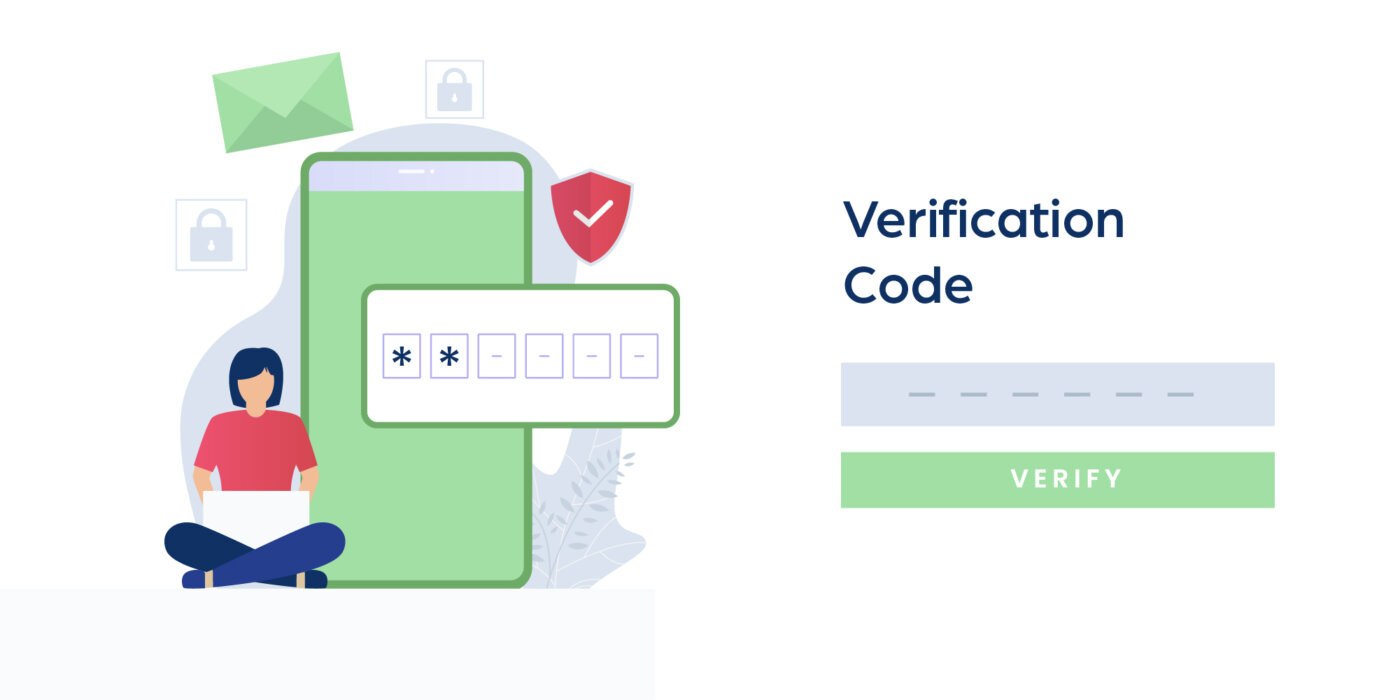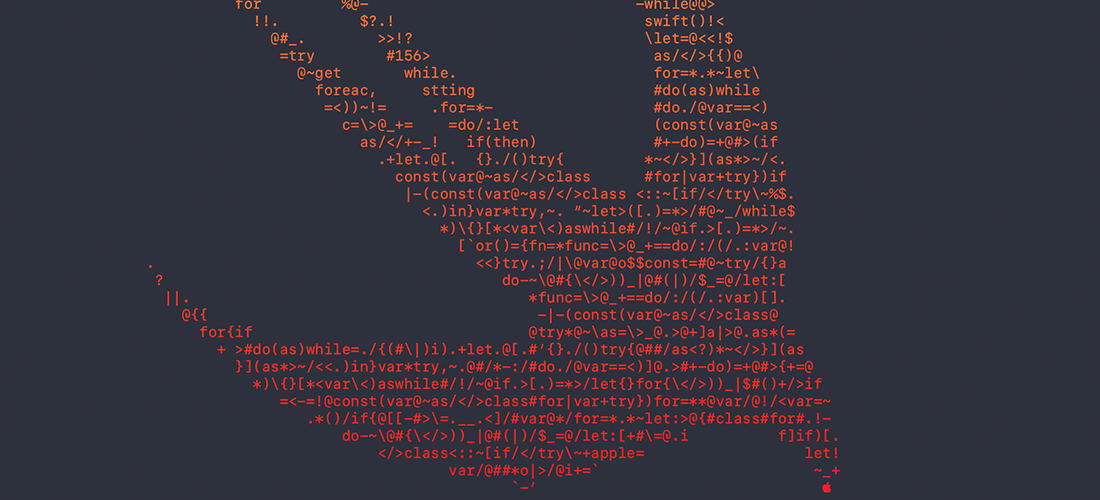
25 September 2020
How to Cut User Verification Costs
User verification is a must to ensure your app attracts genuine users – but it comes at a cost. Learn how to cut verification costs below.
Account security – how to keep users safe from scammers and hackers – is a leading priority for app developers. For that reason, user verification is an essential step in checking that your users are who they say they are before they go ahead and use your app.
Phone number verification is one of the safest ways to authenticate a user’s identity, more so than email verification, for instance, which is prone to vulnerabilities. This is because every phone number is unique and assigned to a real person. Obtaining a phone number under a fake name and address is a difficult undertaking; the average fraudster knows this and tends to steer clear of doing so. Email addresses, however, are fairly easy to steal.
You may want to therefore look at phone number verification as your preferred user authentication method. And while this is a crucial need, it can prove costly as your business grows. This is especially the case if you need to verify users across the EU in countries such as Hungary, the Netherlands, Italy, Belgium, Germany, France or Spain, or further afield in Ukraine or New Zealand.
The cost of SMS verification
SMS is the most commonly used method of phone number verification. It’s typically used as part of two-factor authentication (2FA) where a one-time password (OTP) is sent by text to a user’s phone.
Though a popular approach, SMS is one of the most costly and inefficient ways to verify users. This is because the price to send SMS messages varies from country to country, and it can also differ by SMS provider.
It’s virtually impossible to budget effectively for SMS user verification. For example, to send an SMS to Russia, it can cost up to $0.08 per message. In the UK, it costs up to $0.046. And in the United Arab Emirates, the price is $0.022.
Multiple those prices by the number of users you have, and how often they’re going to be logging in to your app, and you can see how the costs can substantially add up. If you have a global product, SMS costs can end up being astronomically expensive – and even if you have a non-global product, your costs will inevitably increase as you gain more users over time. Aside from the SMS sending prices, you may also face set up and installation costs too.
VerifyKit offers a cheaper alternative to SMS verification
VerifyKit offers secure phone number verification not only through SMS, but also through alternative messaging platform: WhatsApp. App users choose which channel they’d like to use to complete verification, and then they receive a message with a unique OTP contained. Verification involves a couple of clicks at most. Users aren’t required to copy and paste the code into an app – this offers the advantage of being much quicker than SMS verification.
The main benefit though is that it’s far less expensive to use these channels compared to SMS – in fact, verification costs can be cut.
Consider user verification costs when developing your app
There are many types of costs involved in developing and maintaining an app, including developer tools, servers, APIs and social media integrations. These are to be expected. User verification, however, is one of those hidden costs that you might not think too much about at first, particularly if you’re focusing your efforts on growing your user base.
However, if you want to offer secure user authentication, phone number verification is an option you may decide to choose. In that case, it’s well worth comparing the costs associated with the different number verification methods as you develop your app. As a starting point, find out more about VerifyKit here.
Share








